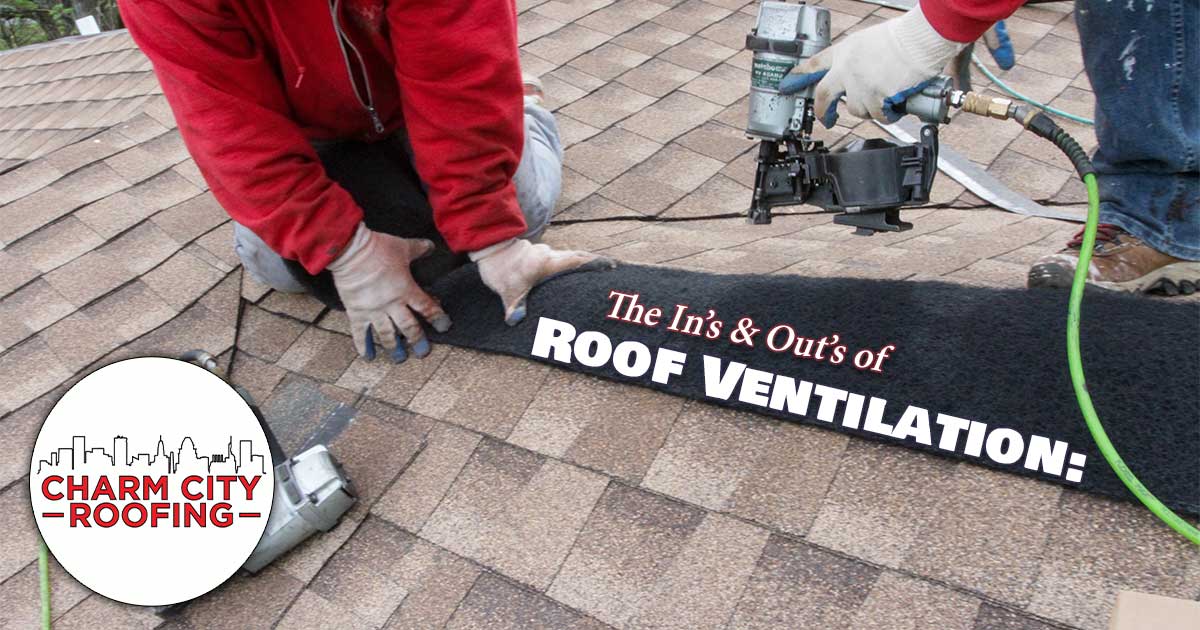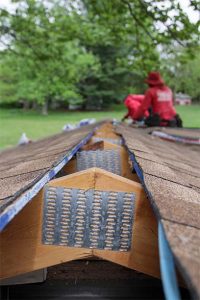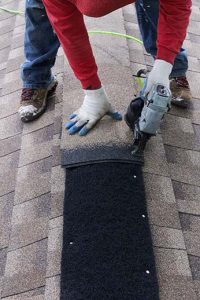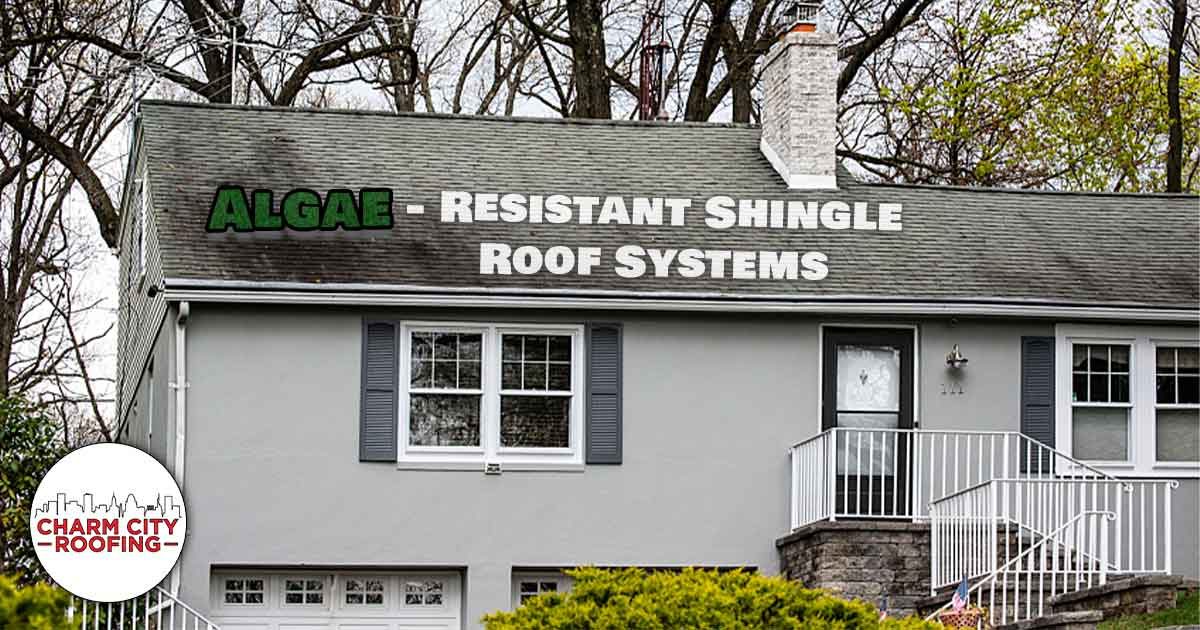
The Ins and Outs of Winter Roof Ventilation
The Ins and Outs of Winter Roof Ventilation
Winter is upon us, bringing with it freezing temperatures and, if we’re lucky, a few piles of fluffy white snow. While homeowners look forward to seasonal festivities with family and friends, they’re also acutely aware of the extra maintenance required by winter weather. Paths need to be shoveled, driveways need to be plowed, and patios everywhere have been turned blue with deicer crystals. This time of year, your roof needs a little extra love as well, especially in terms of roof ventilation.
Healthy houses and healthy roofs go hand in hand. Homes that pay adequate attention to their roof ventilation during the cold months reap a host of benefits. Reduced mold and rot, fewer leaks, and better shingle health are just a few features of a well-ventilated roof. As with most things, taking small steps to maintain your roof now will save you several expensive headaches later on. (You might worry less if your roof is under warranty. More on that here.) Want to protect the health of one of your biggest assets? Simply taking a few minutes of time to ensure your roof is properly ventilated can do wonders!
What is roof ventilation for?
Roof vents are among a homeowner’s best tools for battling roof deterioration. Whether you have a flat or pitched roof, vents are critical to its good health. Attics with proper airflow will see significantly less accumulation of moisture as hot, humid air is allowed to escape. Cool, dry attics improve your home in a multitude of ways, including:
- Reduced energy expenditure
- Better structural longevity
- Fewer harmful molds and funguses
- Safer attics
There are several different options for roof ventilation, but they all serve the same purpose. Your home may be equipped with a powered ventilation system, or it might sport a good old fashioned ridge vent. In either case, the goal is the same: to keep your attic cool and dry in any season.

An open ridge prior to installing ventilation and ridge caps
Why is roof ventilation important?
Different seasons affect roofs differently, but no matter the weather, everyone’s attic needs good ventilation. Removing hot and humid air from attic spaces prevents mold growth and wood rot. This improves the lifespan of your home and can save you thousands of dollars in repairs. Even in the relatively dry winter air, moisture can accumulate in these high spaces.
A well-ventilated home is also an energy-efficient home. Running the AC on a hot summer day? A ventilated roof will do a better job at keeping you cool. Cranking up the heat for those long winter nights? A good ventilation system will ensure your attic remains dry and your house stays warm. This is good news for your comfort, but it’s even better news for your utility bill.
“Now hold on,” you might say. “An attic with tons of airflow will surely be drafty and cold. Wouldn’t that turn my house into an icebox in the winter?” Not necessarily. Ventilated attics may be colder, but a properly insulated house won’t feel the effects. If you notice a chill in the air when your vents are working, check your insulation. It may be time to replace or repair a few faulty areas.
In the heat of the summer, a warm attic contributes to shingle cracking and softening. During the winter, the effects of a hot attic can be even more destructive. Heat from your attic will leak through the roof, melting the bottom layer of snow. As this layer thaws and refreezes, it creates ice dams which pool water on your roof. Subsequent freezing and thawing damages shingles and allows water to penetrate onto the roof deck itself. When a roof deck gets wet, it’s a recipe for disaster. Over time, your roof will start to rot and sag. Once this happens, it won’t be long until you need an extensive (and expensive) roof replacement.
It’s easy to tell well-ventilated roofs from hot ones in the winter— just look for icicles! If a roof has a jagged row of huge icicles on it, odds are it’s suffering from ice dams.
Roofs with a vapor barrier should have one vent for every 300 square feet of roof space. Roofs without a vapor barrier should have double that amount, or one every 150 square feet.

Considerations for winter
Ventilation affects nearly every aspect of your roof, from the shingles to the beams. Without open channels that allow air to flow freely, homeowners will find themselves with a full list of maintenance issues. Here are a few things you can do to make sure your vents work properly all winter.
- In the early winter, before the snow, check your vents for blockages. Sticks, leaves, and other organic matter can block vents from the outside. Dust and debris often build up on the inside of vents, especially powered roof vents.
- If you have an attic fan, ensure it’s working by running a quick test and cleaning off any accumulated dust.
- Make sure you check both the inside and outside of your vents for anything that might be impeding airflow.
- Don’t cover your roof vents with tarpaulins or other materials, as this will contribute to moisture build-up.
- After a heavy snow, clear the area around your vents, especially any exhaust vents you may have. Hiring a contractor for this work is generally safer than doing it yourself.
- Clean under the eaves to remove debris that may be blocking vents in that area.
The Bottom Line
With proper insulation and a proper ventilation system, your attic will remain cool and dry all winter long. This will prevent the accumulation of unwanted moisture, both in your attic and on your roof. Minimizing humidity and pooling water is good for your roof, your house, and most of all, your wallet. Make sure your vents are uncovered and unblocked, and don’t hesitate to call a contractor with any problems.
Author: Wilden McIntosh-Round



